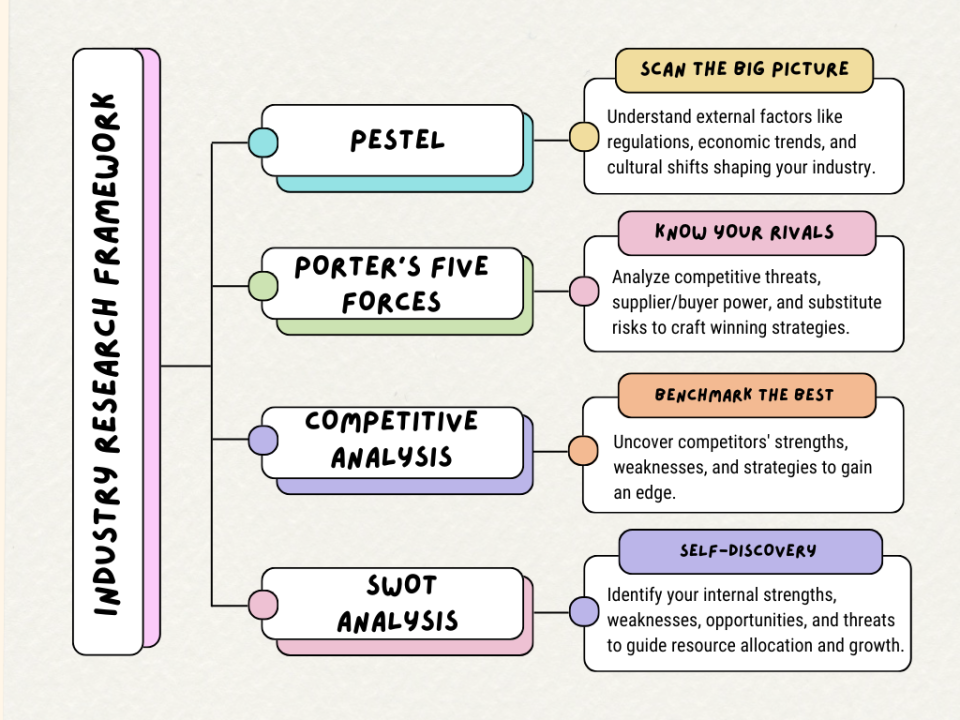Image Source: Google
Market research and competitive analysis are crucial components of a successful business strategy. Understanding the differences between the two can help businesses make informed decisions, identify market opportunities, and stay ahead of the competition.
In this article, we will explore the dynamics of market research versus competitive analysis, their objectives, methodologies, and how they can be used to drive business growth.
The Purpose of Market Research and Competitive Analysis
Market Research
- Market research involves gathering and analyzing information about the market, including customer preferences, trends, and demographics.
- The primary objective of market research is to understand the needs and preferences of customers, identify market gaps, and assess the feasibility of launching a new product or service.
- Market research helps businesses make data-driven decisions, minimize risks, and maximize opportunities for growth.
Competitive Analysis
- Competitive analysis focuses on studying the strengths and weaknesses of competitors, their products, pricing strategies, and market positioning.
- The main goal of competitive analysis is to identify key competitors, understand their strategies, and differentiate your products or services in the market.
- Competitive analysis helps businesses anticipate market trends, capitalize on competitor weaknesses, and develop strategies to gain a competitive advantage.
Methodologies of Market Research and Competitive Analysis
Market Research
- Surveys and questionnaires: Gathering feedback from customers to identify their preferences and buying behavior.
- Focus groups: Bringing together a small group of individuals to discuss and provide insights on products or services.
- Data analysis: Examining sales data, online trends, and consumer behavior to identify patterns and opportunities.
Competitive Analysis
- SWOT analysis: Evaluating the strengths, weaknesses, opportunities, and threats of competitors to develop a strategic plan.
- Market positioning: Identifying where competitors stand in the market and finding ways to differentiate your brand.
- Price comparison: Analyzing the pricing strategies of competitors to position your products competitively.
Using Market Research and Competitive Analysis for Business Growth
Market Research
- Identifying market opportunities: Market research helps businesses identify new trends, customer needs, and untapped markets.
- Product development: Understanding customer preferences and feedback can guide product development and innovation.
- Marketing strategies: Market research provides insights into effective marketing channels, messaging, and targeting.
Competitive Analysis
- Understanding the competition: Competitive analysis helps businesses understand the strengths and weaknesses of competitors.
- Differentiation: By analyzing competitors, businesses can identify ways to differentiate their products or services in the market.
- Pricing strategies: Monitoring competitor pricing can help businesses adjust their pricing strategies to remain competitive.
Integration of Market Research and Competitive Analysis
While market research and competitive analysis serve different purposes, they are interconnected and complementary. By integrating both approaches, businesses can gain a comprehensive understanding of the market landscape and competitors, leading to better decision-making and strategic planning.
Market research provides insights into customer needs and preferences, which can inform competitive analysis by identifying areas where competitors may be falling short. On the other hand, competitive analysis helps businesses understand their positioning in the market and how they can leverage market research findings to gain a competitive edge.
